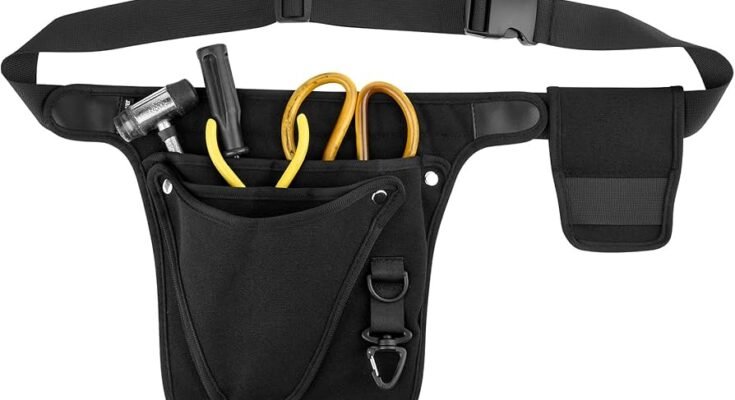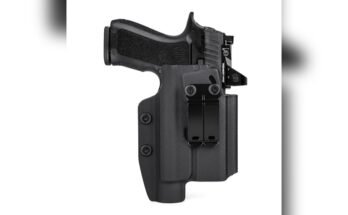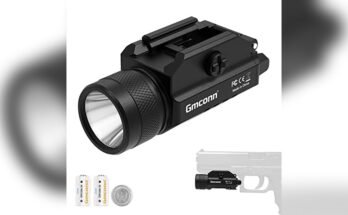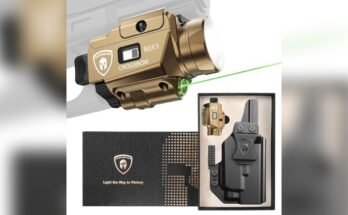If you have ever stood in front of a mirror and wondered where your handgun should live, you are not alone. As a trainer and gear tester, I’ve used both shoulder and belt holsters in real life. The short answer to what is the difference between shoulder and belt holsters is this: shoulder holsters carry the gun on a harness under your arm, while belt holsters carry it on your waistband. That one choice affects comfort, concealment, speed, safety, and how you move all day. Keep reading for clear, real-world guidance you can use today.

Source: www.falcoholsters.com
Shoulder Holsters vs. Belt Holsters: The Core Differences
Shoulder holsters hang from straps over your shoulders. The gun rides under your arm, usually horizontal or vertical. Belt holsters mount on your waist, inside or outside the waistband. This placement changes how fast you draw, how you sit, and how you hide the gun under clothes.
In simple terms, shoulder rigs favor seated access and heavy guns. Belt rigs favor fast access and broad holster choices. Both can be safe and legal when used right, with good training and a proper fit.

Source: www.ebay.com
Comfort and Fit: How They Feel All Day
Comfort is personal. That said, patterns emerge.
- Shoulder holsters spread weight across your back and shoulders. Good for full-size pistols or long days in a chair. Poor strap fit can cause neck hot spots.
- Belt holsters keep weight on your hips. Great with a sturdy gun belt. Can cause pressure on your lower back if you overload one side.
From my own use: I wear a shoulder rig on long road trips. It keeps the gun off my hip and stops seatbelt pinch. On busy days on my feet, a belt holster with a real gun belt feels lighter and more stable.

Source: www.amazon.com
Concealment and Clothing: What Works With Your Wardrobe
Your clothes can make or break your setup.
- Shoulder holster: Works best with a jacket or overshirt. T-shirts alone often print. In hot weather, it can get warm under layers.
- Belt holster: Inside-the-waistband (IWB) conceals well under a T-shirt if you adjust ride height and cant. Outside-the-waistband (OWB) needs a cover layer but is very comfy.
Tip from experience: If you love hoodies or jackets, a shoulder rig conceals fine. If you live in T-shirts, IWB belt holsters are the easier route.
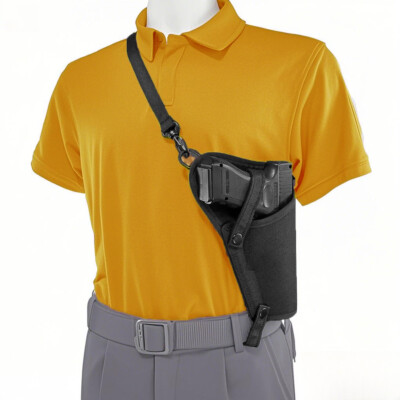
Source: www.ebay.com
Draw Speed, Access, and Movement
How fast and safe can you reach your gun?
- Shoulder holster: Good access while seated, belted, or in tight spaces. Draws need careful muzzle control to avoid sweeping others.
- Belt holster: Often the fastest draw with fewer angles to manage. Easier to keep the muzzle downrange during the draw.
At the range, my timed draws from a solid OWB belt holster are usually quicker and more consistent. In a car, the shoulder rig wins for access. Train the draw stroke for your setup and practice with an unloaded gun first.

Source: www.ebay.com
Retention, Safety, and Training
Retention is how the holster keeps the gun secure. Safety is how you keep others safe.
- Shoulder holster: Look for molded shells, adjustable tension, and a strap or snap. Practice a careful, close-body draw to control muzzle direction.
- Belt holster: Many options from friction-fit to active retention. Good models keep the trigger fully covered and resist pull-outs.
I teach students to test retention by inverting an unloaded holster at home over a couch. If the gun falls out, adjust it or pick a better model. Dry practice your draw 100 times before you carry.
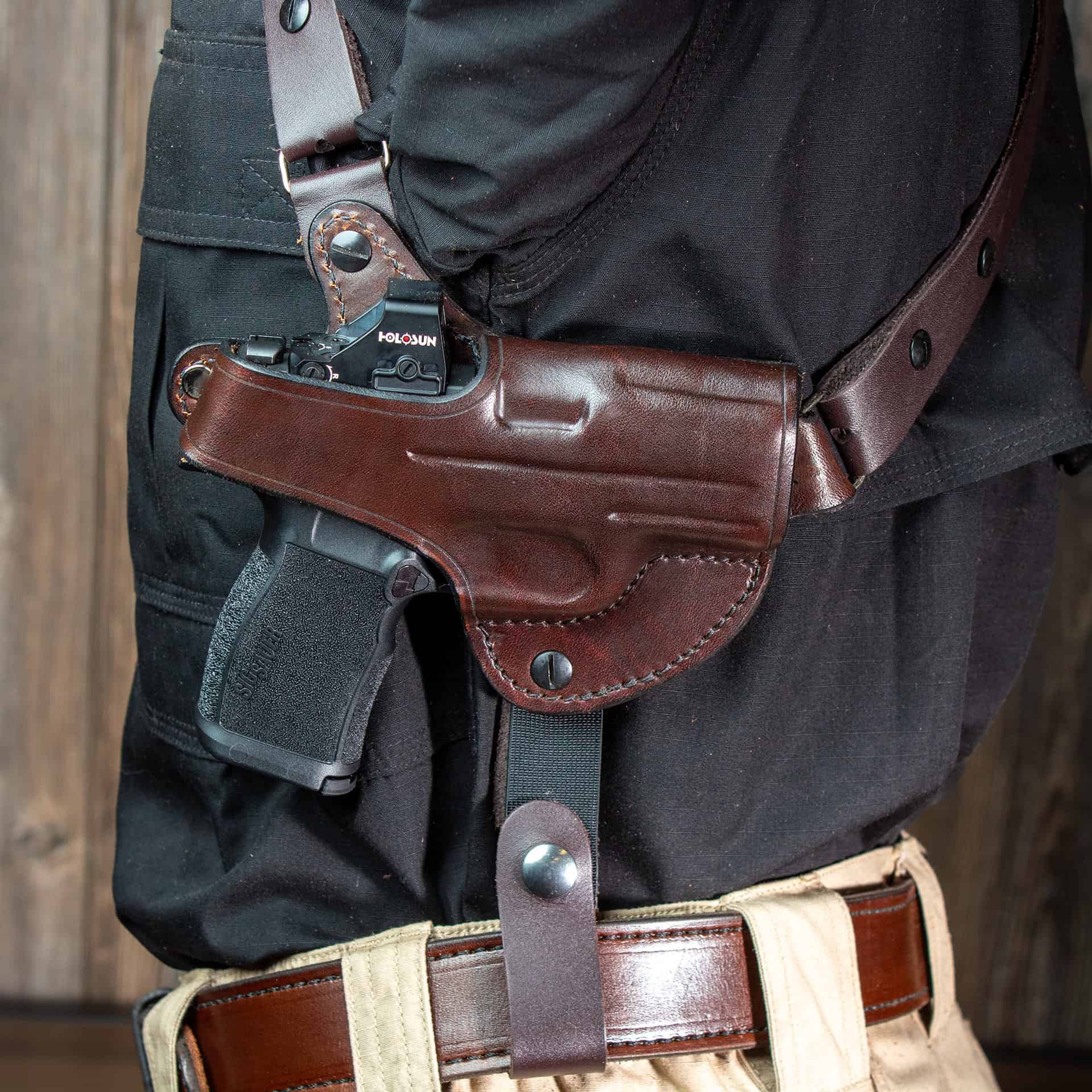
Source: kirkpatrickleather.com
Use Cases: When Each Style Shines
Shoulder holster shines when:
- You sit or drive for hours.
- You carry a heavier, longer handgun.
- You wear a jacket as normal dress.
Belt holster shines when:
- You want fast, repeatable draws.
- You carry in warm weather or minimal layers.
- You want many model choices and easy setup.
Real-world note: I switch between them based on my day. Long drive, jacket, full-size pistol? Shoulder. Warm day, errands, compact pistol? IWB belt.

Source: www.ebay.com
Materials, Build, and Quality Checks
Material matters for comfort and durability.
- Leather: Classic look, conforms to the body over time. Needs care to prevent softening near the mouth.
- Kydex/polymer: Rigid, consistent retention, weather-proof. Can feel less forgiving under pressure points.
- Hybrids: Kydex shell with a padded backer. Good blend for belt carry.
Quality checklist I use:
- Full trigger guard coverage.
- Solid stitching or rivets.
- Adjustable retention and ride height.
- No sharp edges against skin.
- Shoulder harness with even weight distribution and stable straps.

Source: www.ebay.com
Body Type and Ergonomics
Bodies differ. Gear must match.
- Broad shoulders: Shoulder rigs tend to fit well, distribute weight evenly.
- Narrow shoulders: Straps may slip; look for harness with figure-8 or modular back plates.
- Slim waist: IWB belt holsters conceal well with the right cant.
- Curvy or thick waist: OWB with a cover layer may ride more comfortably.
Try different cant angles. A few degrees can reduce printing and hot spots.
Legal, Policy, and Social Considerations
Know your local laws and any workplace or venue rules. Some areas regulate open carry, printing, or certain holster types. If you carry in a car, check specific transport laws. When unsure, seek guidance from official state resources or a qualified attorney. Always follow range rules during training.
Buying Guide: How To Choose The Right Holster For You
Use this quick process.
- Define your carry context. Daily office and car time? Shoulder may fit. Active days on foot? Belt may win.
- Pick the gun first. Holster must fit your exact make/model and any light or optic.
- Choose material to match climate and comfort.
- Check retention, coverage, and adjustability.
- Test at home. Practice draws with an unloaded gun. Sit, stand, drive, bend. Look for hot spots and printing.
- Commit to training. Your skill beats any gear difference.
If it hurts or prints, you will stop carrying. Comfort plus safety equals consistency.
Frequently Asked Questions of What is the difference between shoulder and belt holsters?
Are shoulder holsters safe for concealed carry?
Yes, when well-fitted and used with good training. Keep the muzzle under control during the draw and reholster slowly. Choose a rig that covers the trigger and holds the gun firmly.
Which is faster: shoulder or belt holster?
Belt holsters are usually faster for most people, especially OWB. Shoulder rigs can be quick with training, but muzzle control is more complex.
What clothing works best with a shoulder holster?
Jackets, overshirts, or blazers. Light layers hide the harness and prevent printing. T-shirts alone often do not conceal well.
Can I carry a heavy full-size pistol in a belt holster comfortably?
Yes, with a sturdy gun belt and a well-designed holster. Good belts spread weight and reduce hip pain. Many people carry full-size pistols OWB under a cover garment.
Is IWB or OWB better on the belt?
IWB conceals better with light clothing. OWB is often more comfortable and faster but needs a cover layer. Both can be secure with proper retention.
Do shoulder holsters work for left-handed shooters?
They do. Many brands offer ambidextrous or left-hand variants. Ensure the harness and holster are set up for your draw side.
How do I prevent printing with a belt holster?
Adjust cant and ride height, use a quality belt, and pick shirts with slight drape or patterns. Try different positions like appendix or strong-side to see what your body hides best.
Conclusion
Both shoulder and belt holsters can serve you well. Shoulder rigs excel for seated carry and heavy guns under a jacket. Belt holsters deliver speed, simplicity, and broad concealment options. Match your gear to your day, your body, and your wardrobe. Then train until the draw feels smooth and safe.
Take the next step: test both styles at home with an unloaded gun, note comfort and concealment, and choose the one you will carry every day. Want more guides like this? Subscribe, ask a question in the comments, or share your experience to help others choose with confidence.
Watch This Video on What is the difference between shoulder and belt holsters?
